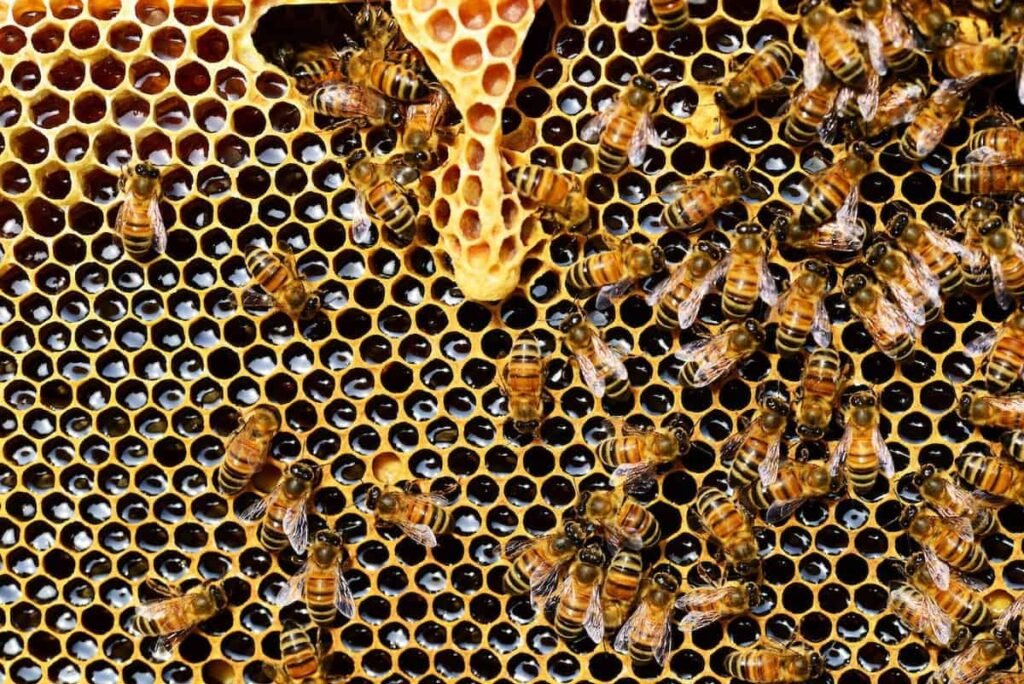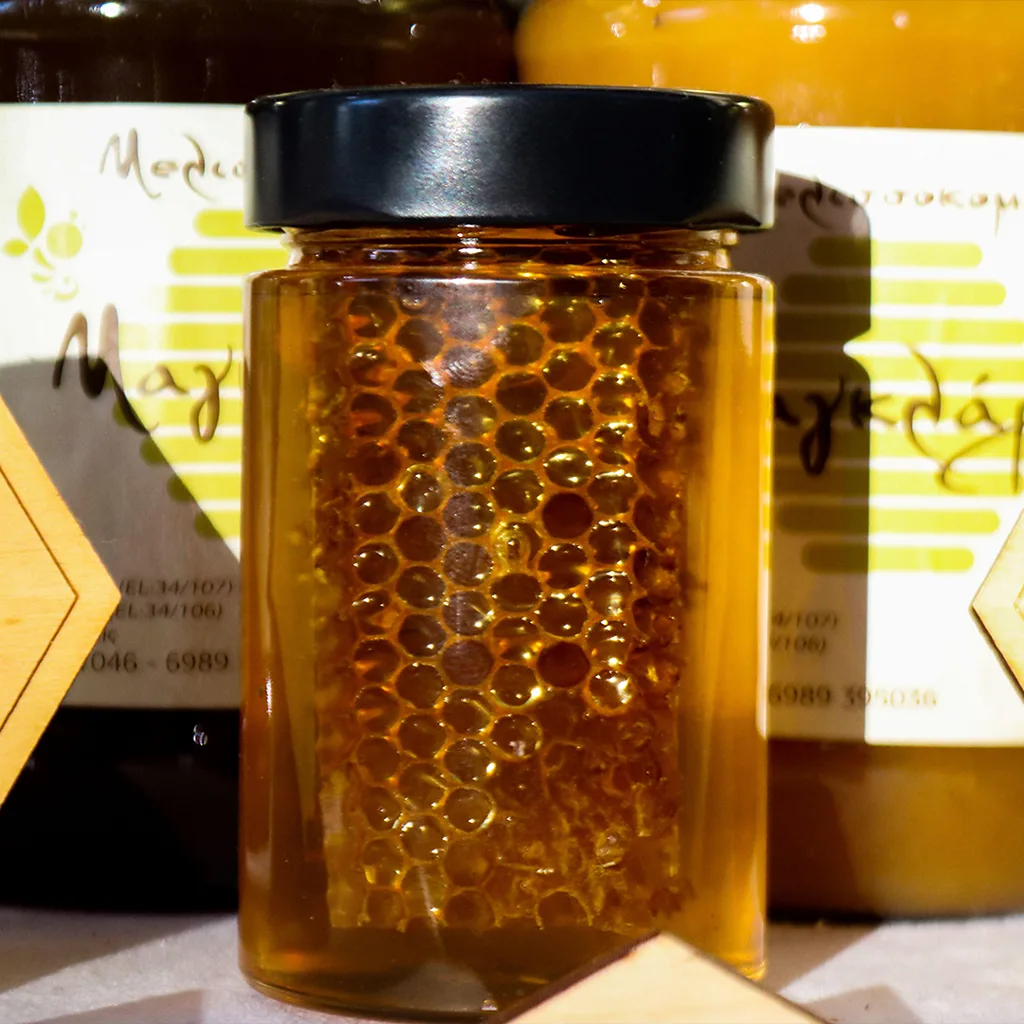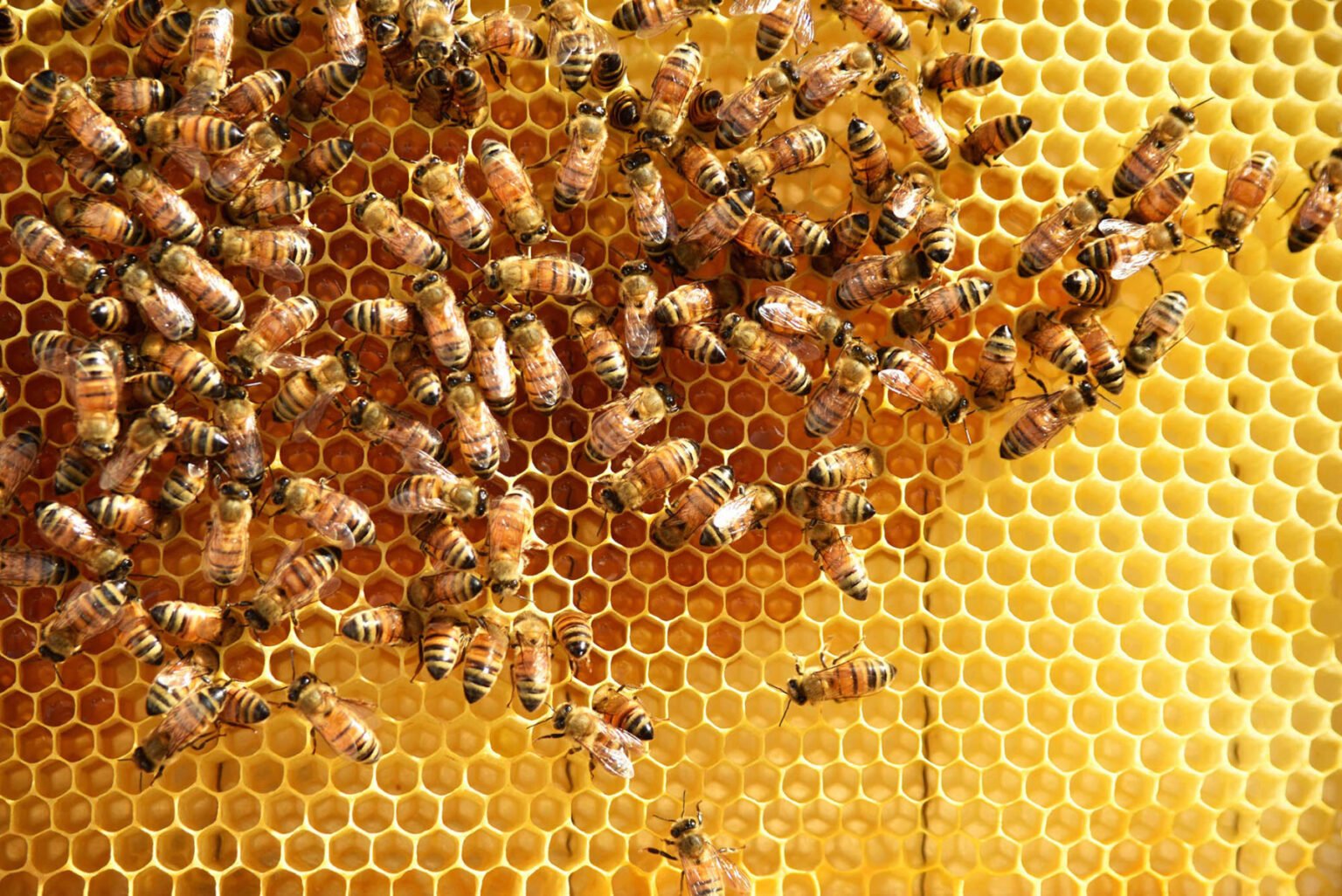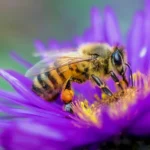Why Honey Doesn’t Spoil: Nature’s Most Durable Sweetener

Why honey doesn’t spoil has fascinated scientists and food lovers alike. Unlike most foods that go bad within weeks or months, honey can last indefinitely when stored properly. This remarkable longevity isn’t magic — it’s due to a unique combination of natural chemistry and the sophisticated processes honeybees use to create and preserve it.
The Science Behind Why Honey Doesn’t Spoil
Typically, when food “goes bad,” it means bacteria, fungi, or mold have begun to break it down. These microbes thrive in warm, moist, and oxygen-rich environments. Even foods that are canned, refrigerated, or preserved with additives eventually succumb to spoilage, especially when exposed to air or contaminated utensils.
Jars of sauces or spreads, for example, often grow mold or develop unpleasant smells if left unused for too long. But honey stands apart. Despite being a sugary, moist-looking substance—an ideal breeding ground for microbes—it remains edible indefinitely.
What Makes Honey Immune to Spoilage?
The secret to honey’s longevity lies in its low water content and high acidity. Initially, nectar gathered by bees contains a high percentage of water—70-80%.—But honeybees dramatically reduce this. On their way back to the hive, bees begin concentrating the nectar by digesting and regurgitating it repeatedly, mixing it with special enzymes.
One key enzyme, glucose oxidase, breaks down glucose into gluconic acid and hydrogen peroxide. This increases the honey’s acidity and introduces natural antibacterial agents. Once in the hive, bees further dehydrate the substance by fanning it with their wings, reducing the water content to a mere 15-18%.
This dehydration creates an environment hostile to microbial life. In scientific terms, honey has low “water activity,” meaning there’s not enough unbound water for bacteria or mold to thrive.
The Role of Acidity and Enzymes
Honey’s pH level typically ranges between 3.2 and 4.5, making it acidic enough to inhibit the growth of most bacteria and fungi. The acidity, coupled with the presence of hydrogen peroxide and other antioxidants, creates a powerful antimicrobial cocktail that naturally preserves the honey.
Additionally, sugar itself is a preservative. The high concentration of sugars in honey acts osmotically, pulling water out of microbial cells and dehydrating them to death.
Bee Engineering: A Natural Food Processor
Bees don’t just gather nectar—they process and preserve it. Their entire method of transforming nectar into honey is a natural food preservation technique:
- Enzymatic Transformation: Bees introduce enzymes that help break down complex sugars and increase acidity.
- Water Reduction: By fanning their wings, they evaporate water from the nectar, drastically reducing moisture.
- Storage Method: Once sealed in honeycomb cells with wax caps, honey becomes a nearly airtight, low-moisture preserve.
Once humans extract and seal honey in clean containers, this preservation continues almost indefinitely.
Why Honey Crystallizes but Doesn’t Spoil
Over time, honey can crystallize—a process where glucose separates from water and forms crystals. This is a natural, harmless change in texture, not a sign of spoilage. Gently warming the jar can re-liquefy crystallized honey without damaging its quality.

Crystallization is more common in raw, unfiltered honey and is affected by storage temperature, the ratio of glucose to fructose, and even the type of flower nectar used.
When Honey Can Spoil
Though honey has impressive staying power, it’s not entirely invincible. Once a jar is opened and used regularly, it is exposed to moisture and contaminants from the air or from utensils. Double-dipping or using wet spoons introduces water and microbes, which can eventually lead to fermentation or mold growth.
However, if kept tightly sealed, stored in a dry, cool place, and handled hygienically, honey can stay good for decades—even centuries.
From Preservation to Fermentation: Turning Honey into Mead
Interestingly, when water is deliberately added to honey, and yeast is introduced, it ferments into mead, one of the oldest alcoholic beverages in human history. The very conditions that spoil most foods can, when applied intentionally, create a delightful honey wine.
A Sweet Wonder of Nature
Honey is far more than a sugary treat; it is a natural marvel engineered by bees through sophisticated biological processes. Its resistance to spoilage is due to a perfect storm of low moisture, high acidity, natural enzymes, and careful bee-crafted storage. For thousands of years, honey has sweetened lives—and thanks to its chemistry, it will continue to do so for many more.




